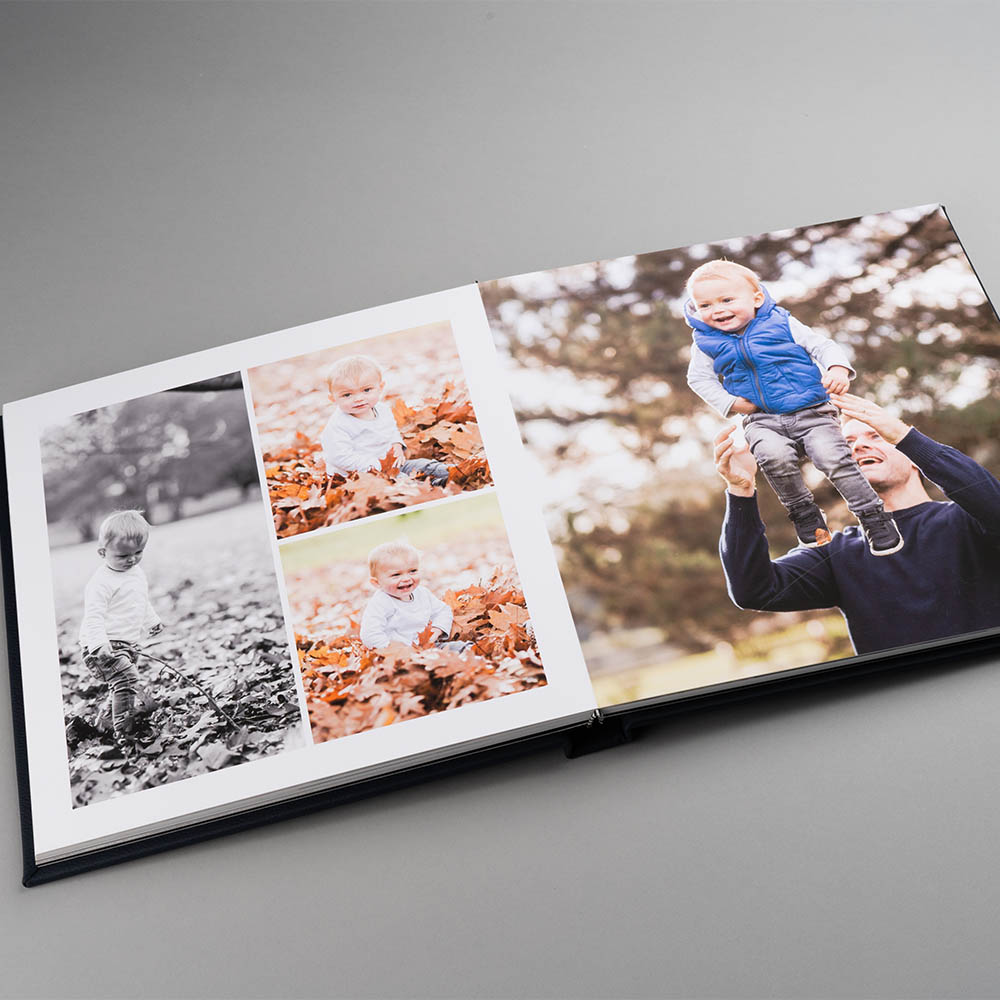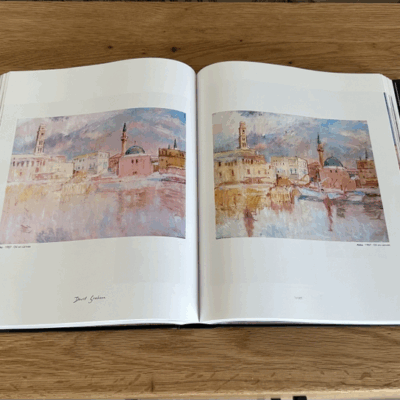Navigating the World of Art Book Printing: Tips and Techniques for a Remarkable Complete
When it comes to art book printing, you need to mix creative thinking with technological knowledge for the ideal results. Let's discover what that is and exactly how it can raise your art book.
Recognizing the Printing Process
When you immerse on your own in the world of art book printing, recognizing the printing procedure is crucial for accomplishing your preferred results. Begin by familiarizing on your own with numerous printing techniques, like digital and counter printing. Each technique has its strengths, so consider your job's scale and budget.
Next, focus on color monitoring. Make particular your pictures remain in the proper shade account, as this affects just how they'll show up in print. You'll additionally desire to pick the ideal resolution-- 300 DPI is basic for high-quality prints.
Constantly demand a proof prior to the last print run to capture any errors or inconsistencies in color. Understanding these aspects can significantly enhance the high quality and general appearance of your art book.
Selecting the Right Paper
Selecting the ideal paper can considerably influence the overall look and feel of your art book. You'll wish to assess factors like weight, texture, and finish. A much heavier weight paper can provide your pictures an extra glamorous appearance, while lighter documents may feel more delicate.
Appearance plays a crucial duty as well; shiny paper improves colors and detail for dynamic pictures, while matte paper uses a more controlled and artistic look. Consider just how you want your art work to be perceived-- do you choose sharp contrasts or softer edges?
This will assist you imagine just how your art communicates with various documents. Remember, the appropriate option can raise your book from common to phenomenal, guaranteeing your innovative vision shines with in every page.
Exploring Binding Options
When it pertains to binding your art book, you've got several alternatives to ponder that can impact both the appearance and feel of your task. Think of the toughness features you require, along with the expense ramifications of each binding approach. Selecting the right binding can elevate your artwork and assure it lasts for many years to come.
Kinds Of Binding Methods
There are several binding approaches to contemplate for your art book, each offering one-of-a-kind advantages and aesthetic appeals. For an extra imaginative touch, take into consideration spiral binding; it enables your book to lay level, showcasing your art work beautifully. Each binding method has its charm, so assume concerning your book's function and target market to choose the one that ideal complements your vision.

Picking Toughness Functions
After taking into consideration the different binding approaches, it's time to concentrate on longevity features that can improve the longevity of your art book. Choosing a robust binding option is essential; think about options like instance binding or lay-flat binding, which give additional toughness. In addition, pay focus to the type of adhesive made use of; a high-quality PVA adhesive can assure the pages stay safe and secure over time. If you anticipate your book to sustain constant handling, select materials like laminated covers or coated paper, which withstand deterioration. Assume regarding just how you'll save the book-- utilizing a protective slipcase can add an added layer of protection versus dirt and damages. Prioritize these features to keep your art book looking excellent.
Price Ramifications of Binding
While picking a binding alternative for your art book, it's crucial to consider exactly how each option affects your budget plan. Saddle stitching is more affordable, optimal for smaller publications, yet it may not fit bigger projects. Ultimately, selecting the right binding choice can improve your art book's presentation without breaking the bank.
Designing for Print
When creating for print, you need to prioritize clarity and visual effect to efficiently display your art work. Start by picking a shade palette that matches your items, ensuring it equates well on paper. Colors might show up in a different way in print than on-screen, so select colors that maintain vibrancy when printed.
Usage high-resolution images to prevent pixelation; purpose for a minimum of 300 DPI for peak quality. Consider your typography carefully-- select typefaces that boost your art without subduing it. Keep a balance between message and visuals, guaranteeing that neither distracts from the other.
Pay focus to layout and white area, as these aspects assist the audience's eye and create a harmonious circulation. Believe about the size and dimensions of your book; it ought to improve your art work, not constrict it. By concentrating on these aspects, you'll develop a spectacular print design that captivates your target market.
Proofing Your Art Work
When you've finalized your design, it's time to evidence your artwork to verify everything looks as intended. Begin by looking for any kind of punctuation or grammatical errors, as these can diminish your message. Next, check out color accuracy. If your artwork is vibrant on-screen, yet dull theoretically, modifications might be needed. It's additionally necessary to evaluate photo resolution; low-resolution images can appear pixelated, destroying the general top quality.
Publish a test proof to see exactly how your layout translates to paper. This action supplies important understandings into find out this here color, comparison, and format. Do not hesitate to ask for responses from relied on peers or colleagues-- they might capture problems you forget. Make specific your art work sticks to any kind of details standards your printer needs, such as bleed and cut lines. A complete proofing process warranties that your end product mirrors your tough job perfectly.
Dealing with a Printer
When you prepare to publish your art book, finding the appropriate printer is crucial. You'll need to plainly communicate your vision and recognize the printing requirements to guarantee everything ends up as anticipated (art book). Allow's check out exactly how to make this process smooth and successful
Choosing the Right Printer
Selecting the right printer can make all the difference in bringing your art book vision to life. Research study regional and on-line printing business, paying attention to their portfolios and customer reviews. You desire a printer experienced in art books, as they'll comprehend the nuances of replicating your artwork consistently.
Connecting Your Vision
To ensure your art book appears simply as you imagine, it's crucial to connect your vision plainly with your printer. Begin by sharing your creative idea, including motifs, colors, and any details components you desire highlighted. Review the general feel you're intending for, whether it's modern-day, traditional, or avant-garde. Be open about your budget plan and timeline; this helps your printer provide reasonable alternatives. Don't wait to share examples or recommendations that inspire you. Ask concerns and see to it you comprehend their processes, as this constructs a collective relationship. Lastly, develop normal check-ins during production to make sure everything straightens with your assumptions. Clear interaction can transform your vision into a substantial work of art.

Understanding Printing Specs
With your vision clearly articulated, it's time to focus on the technological side of printing your art book. Understanding printing specifications is important for achieving the excellent result. Next, take into consideration the book's dimensions-- standard sizes are usually more affordable, however personalized sizes can enhance your distinct design.
Advertising And Marketing Your Art Book
Advertising your art book efficiently can make all the distinction in reaching your target market and increasing sales. Beginning by determining your target market. Are they art fanatics, collectors, or pupils? Dressmaker your messaging to resonate with them. Utilize social media systems like Instagram and Pinterest, where visuals beam. Showcase your art work, share behind the curtain content, and involve with your followers through stories and posts.
Think about holding a launch event or taking part in art fairs to link with potential customers straight. Collaborate with influencers or blog owners in the art neighborhood to increase your reach. Do not underestimate the power of email advertising and marketing; construct a newsletter to maintain interested readers updated.
Lastly, take advantage of online industries and your internet site for direct sales. Deal minimal versions or unique promos to develop urgency. By combining these approaches, you'll enhance presence and drive sales for your lovely art book.
Regularly Asked Concerns
What Is the Typical Price of Art Book Printing?
The average expense of art book printing varies commonly based on website here factors like dimension, page count, and products. Normally, you're considering anywhere from $10 to $50 or even more per book, relying on your options.
How much time Does the Printing Refine Normally Take?
The printing process usually takes regarding two to 4 weeks, depending on the job's complexity and volume. You'll require to variable in style, proofing, and prospective revisions to assure everything satisfies your expectations.
Can I Print a Restricted Version of My Art Book?
Yes, you can print a limited version of your art book. Just determine just how numerous duplicates you want, pick a top quality printer, and assure you've got the right products to create an unique feeling.
What Documents Formats Are Best for Publishing My Art Work?
For publishing your artwork, use high-resolution files like TIFF or PDF. Stay clear of JPEGs for final prints, as they can shed her latest blog information.
Exactly How Can I Make Certain Shade Precision in My Printed Schedule?
To assure shade accuracy in your published book, utilize a calibrated display, soft evidence your documents, and select a reputable printing solution. Take into consideration making use of RGB or CMYK shade settings as required for your artwork.